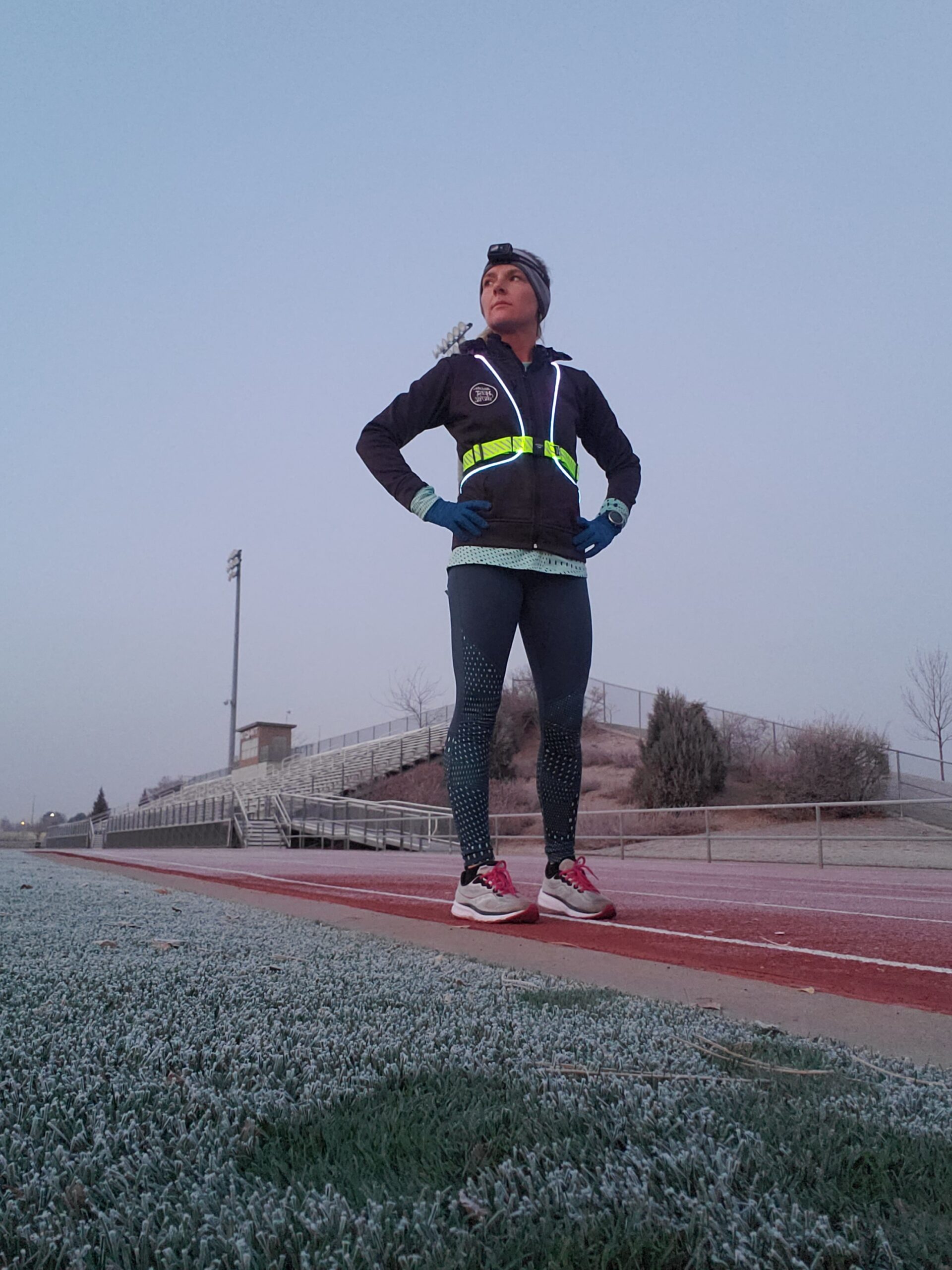Today I want to talk about speed work. But not the speed portion. The recovery portion of a speed workout.
A speed workout is typically done in intervals. Think 400m repeats on a track. Or timed intervals like 2 min on, 2 min off. All of these various speed workouts have something in common: recovery periods.
The length of recovery depends on the workout and how the recovery is done also depends on the workout. Most speed workouts, especially for newer runners, will have full recoveries programmed into a workout. But if you’re a more experienced runner, you may have “float recoveries” put into your plan.
Full Recovery
Full recovery is exactly what it sounds like. You fully recover from the intensity of your working interval before you begin your next interval. So let’s say you’re running 400m repeats with 400m of full recovery in between reps. That might mean you walk the 400m recovery. Or you jog, but that jog should be really slow, likely slower than your easy pace. You want your heart rate to come all the way back down and you also want to let your legs recover from the fast interval so you’re ready to go again. The key with these track workouts is to not burn out too fast. You want your reps to be either consistent pacing or negative splits (a second or two faster with each rep). Achieving this goal depends on you taking your full recovery.
Float Recovery
Float recoveries are when you don’t fully recover. The purpose of these workouts is to train the body to run at or above threshold, but not fully recover in between. This makes the body become more efficient at clearing lactate so we can increase our lactate threshold (i.e. run faster for longer). Again, these are typically for more experienced runners and I wouldn’t recommend a beginner try this until you are well-versed with speed workouts.
How Do Runners Mess This Up?
I find that many runners don’t like to take a full recovery because it brings their overall average pace down for their run. Then when they share to Strava and say they did a tough speed session their friends see average pace and will think they are slow. First of all, if your friends are experienced runners, they don’t care about your average pace. They understand that average pace isn’t a reflection of how hard you worked that day.
You have to always remember the purpose of your workout. The purpose of a track workout is to work on speed, increasing lactate threshold and VO2 max. You can’t do these things without taking your full recovery. Your average pace for these workouts doesn’t matter and isn’t the point. Look at your splits on your 400m working intervals. Did you stay consistent or negative split them? Did you hit the paces you were supposed to? If the answer to those questions is yes, then you crushed the workout and got the most benefit out of it. By cutting out your full recovery to increase your average pace, you are leaving running gains on the track.
Trust your coach and/or plan and do the workout as prescribed. And if the average pace is really freaking you out, keep your Strava and Garmin private. Don’t share your runs. You don’t have to share everything with everyone.

Do you actually take your full recoveries during a workout?
Want to learn more about how to get faster?
Let’s set up a call! Click below and schedule your free consultation!
Remember: this post is for informational purposes only and may not be the best fit for you and your personal situation. It shall not be construed as medical advice. The information and education provided here is not intended or implied to supplement or replace professional medical treatment, advice, and/or diagnosis. Always check with your own physician or medical professional before trying or implementing any information read here.

0 Comments